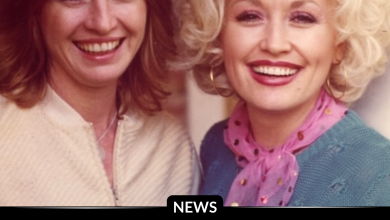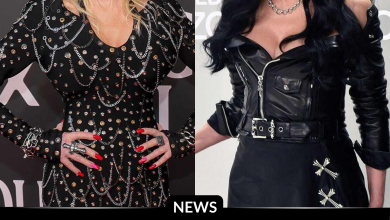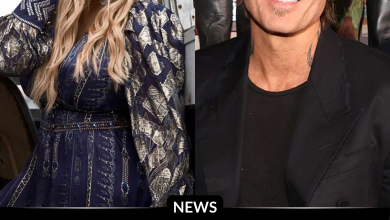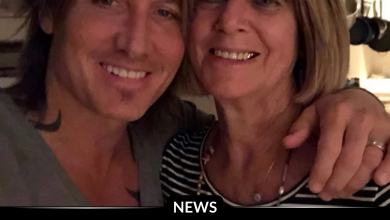Mark Wahlberg’s Big Break – The Director Who Gave Him His First Major Role
OPINION: This article may contain commentary which reflects the author's opinion.
Mark Wahlberg’s transformation from “Marky Mark” to Hollywood heavyweight is one of the most notable career pivots in modern entertainment. Best known today for his performances in Boogie Nights, The Departed, and The Fighter, Wahlberg’s journey to acting stardom began far from the glitz of movie premieres—with a hip hop beat and a bold underwear campaign. But who truly discovered Mark Wahlberg the actor?
Music First, But Not the Last Step
Born on June 5, 1971, in Boston’s working-class Dorchester neighborhood, Mark Wahlberg rose to fame in the early 1990s as the frontman of Marky Mark and the Funky Bunch. With platinum hits like “Good Vibrations,” the group catapulted him into pop culture prominence. This music career, however, had a critical launchpad: his older brother, Donnie Wahlberg, then a member of New Kids on the Block, who helped Mark enter the music scene.
Yet Donnie’s influence stopped there. While instrumental in Mark’s music trajectory, he had no direct hand in his acting career, which began under different circumstances and with different mentors.
Modeling as a Stepping Stone
Mark’s 1992 Calvin Klein underwear campaign alongside model Kate Moss became iconic. The bold, bare-chested images not only boosted his celebrity status but also introduced him to an audience beyond music. His chiseled image and undeniable charisma made him a media staple—and a viable candidate for film roles, at least in the eyes of casting directors.
Martin Donovan: The Man Behind the First Role
Mark Wahlberg’s official acting debut came in The Substitute, a made-for-TV thriller that aired on USA Network in 1993. Directed by Martin Donovan, the film cast Wahlberg—still credited as “Marky Mark”—in a supporting role. Though the film itself drew mixed reviews, it was a pivotal moment: Donovan was the first filmmaker to take a chance on the musician-turned-model by giving him a legitimate acting opportunity.
In Hollywood parlance, that makes Martin Donovan the one who “discovered” Wahlberg for acting. Donovan saw beyond the celebrity persona and took a creative risk, positioning Wahlberg for a future in film—a path that would only accelerate from there.
Penny Marshall’s Pivotal—but Secondary—Role
A year later, Wahlberg made his big-screen debut in Renaissance Man (1994), directed by the late Penny Marshall. Cast opposite Danny DeVito as Pvt. Tommy Lee Haywood, Wahlberg stood out in a comedic military ensemble. While this role helped establish him on the cinematic map, it followed his smaller-screen debut—and thus, does not represent his initial discovery.
Marshall’s role was foundational, but it built upon the earlier platform Donovan had given him. She helped refine and expand his on-screen presence, but didn’t launch it.
Fame, Initiative, and the Role of Visibility
Wahlberg’s music and modeling fame undeniably opened doors. Casting opportunities likely arose from his already established public profile, but that visibility alone didn’t guarantee roles—auditions did. In interviews, Wahlberg has said he actively pursued acting opportunities, auditioning for multiple roles before landing his early parts. While he wasn’t “discovered” in the traditional sense by an agent or manager, his career shows a clear trajectory driven by both effort and opportunity.
Final Verdict: A Director’s Leap of Faith
While various figures contributed to Mark Wahlberg’s rise—his brother Donnie in music, Penny Marshall in cinema—Martin Donovan stands out as the true discoverer of Wahlberg the actor. By casting him in The Substitute, Donovan provided that critical first leap across the entertainment divide—from celebrity to performer.
In the ever-shifting world of Hollywood, that first leap can make all the difference. And for Mark Wahlberg, it all began with one director who saw something more.



